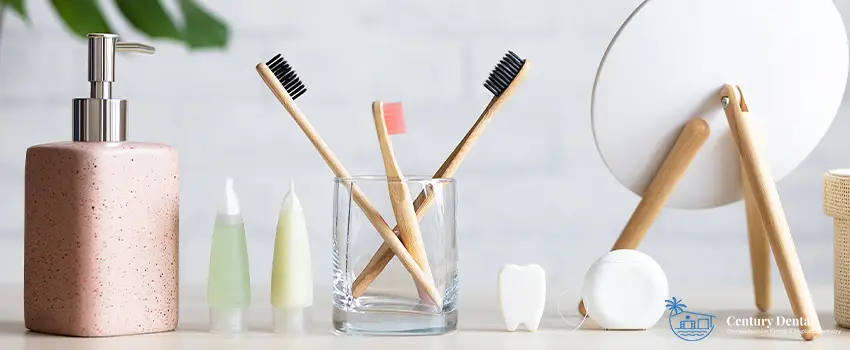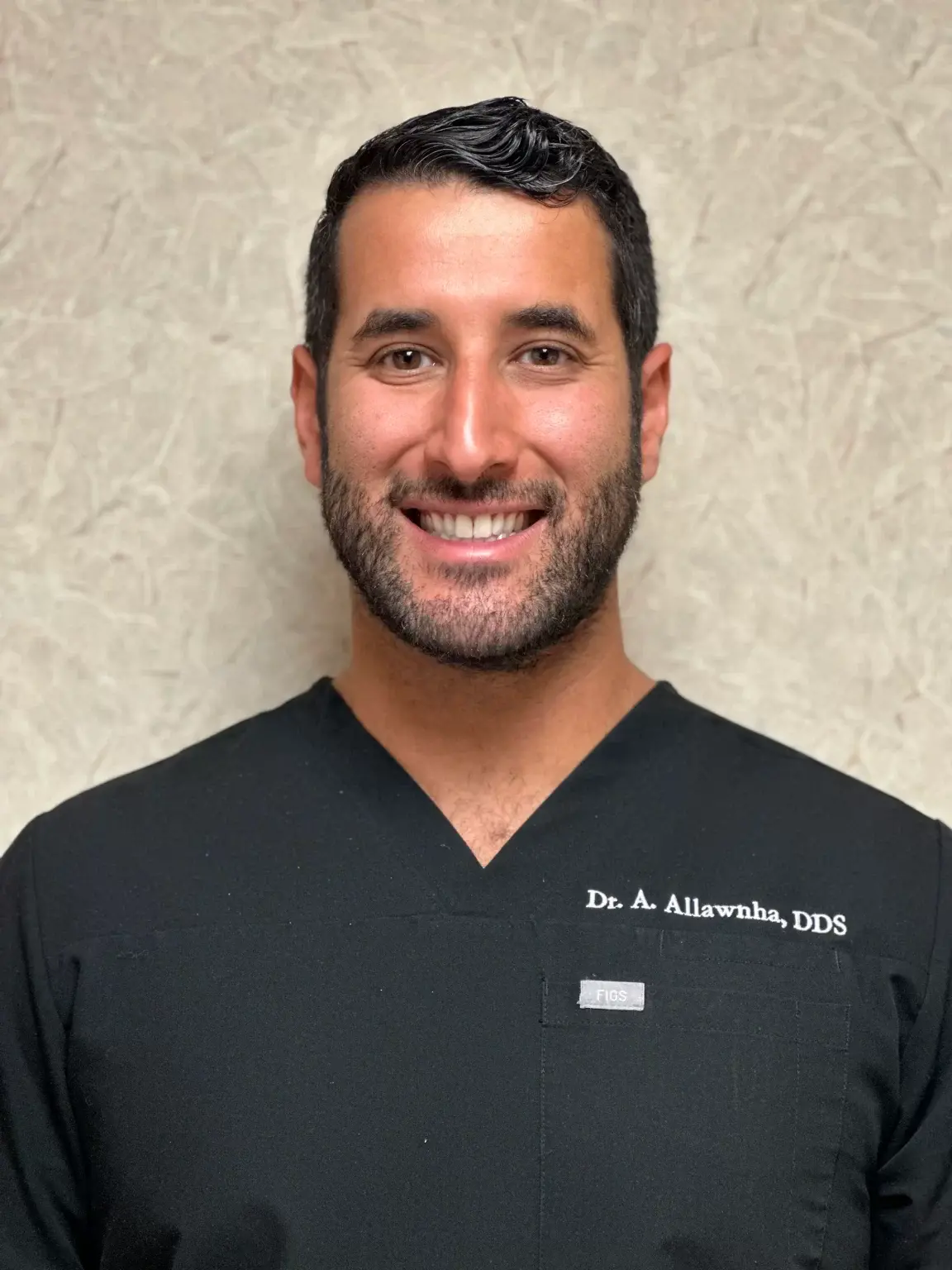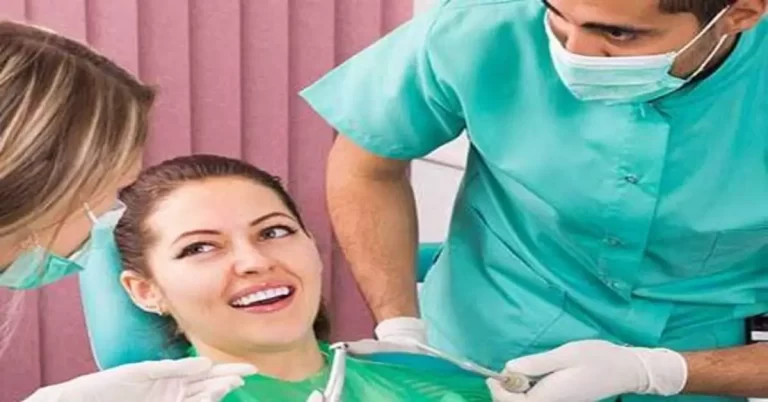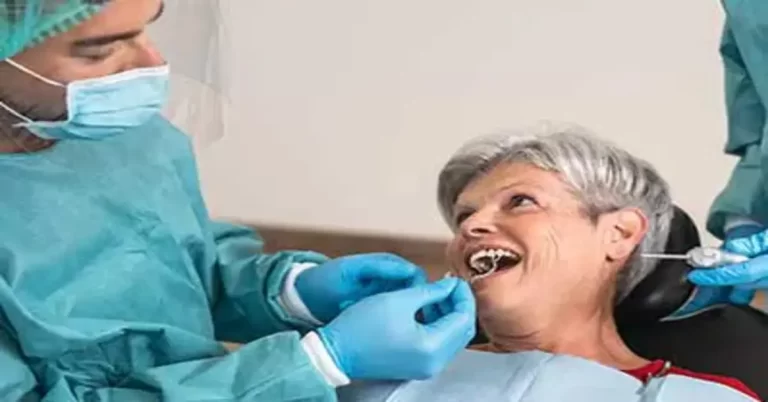Your smile and your overall dental health depend on whether you practice thorough dental hygiene. Achieving adequate oral health requires a lifetime of care, and simple habits and products can go a long way to prevent future problems.
You can go to your dentist and ask how to maintain your dental hygiene. Experts recommend that people, especially children and adolescents, see their dentist for a check-up every six months to prevent cavities. However, if you practice quality dental hygiene every day, you may have a lower risk for oral health problems and less frequent dental visits.
Billions of bacteria live inside our mouths, many of which build up and become plaque, which causes tooth decay and gingivitis. Remember that good dental health requires following an oral hygiene routine and regularly visiting your dental care professional to combat these problems.
For a healthy smile, follow these tips for good oral hygiene.
Practice Proper Brushing Techniques
Oral health begins with clean teeth. Keeping the surfaces and areas around your teeth clean with the best oral hygiene can help you prevent cavities and gum disease. To start your journey towards healthy teeth, practice these brushing basics:
- Brush your teeth regularly. Brush your teeth twice a day, and take about two minutes to clean your teeth thoroughly. Don’t brush your teeth right after eating, especially if you ingest acidic foods and drinks like soda and grapefruit.
- Don’t forget about your tongue. Your tongue accumulates bacteria and plaque, which eventually leads to bad breath and other oral health problems. With the help of your toothbrush or tongue scraper, gently brush your tongue every time you brush your teeth.
- Brush properly, not aggressively. How you brush is equally as essential as the other tips on how to develop good oral hygiene. There’s no need to rush; using an incorrect technique is just as bad as not brushing at all. Move your toothbrush gently in circular motions (avoid moving back-and-forth) to remove plaque. Plus, avoid using a hard-bristled toothbrush or brushing too hard, as this can damage your teeth’ enamel and gums, leading to problems like tooth sensitivity and gum erosion.
- Brush at the right angle. Hold your toothbrush at a slight 45-degree angle with the bristles aimed towards the area where your tooth meets your gums. Remember to brush everything, including your tongue.
- Brush before you go to bed. Before you end your day, consider brushing your teeth at night. Doing this helps to eliminate the germs and plaque that cause bad morning breath.
Floss After Your Brush
Many people may think that brushing alone is enough. However, flossing once a day is an excellent addition to your regular dental hygiene routine. Aside from helping to reach and clean bacteria in tight spaces between your teeth and under the gums, flossing daily can help “stimulate the gums, reduce plaque, and help lower inflammation in the area,” according to Jonathan Schwartz, DDS. With that said, you can apply the following practices while flossing:
- Use about 18 inches of floss and wind it around your middle fingers. Hold it tightly between your thumbs and forefingers.
- Guide the floss between your teeth by gently rubbing it in a “c” shape when reaching the gum line.
- Gently rub the side of the tooth in an up and down motion.
- You can use an alternative for flossing, such as a dental pick, water flosser, tiny brushes, and the like.
Consider Your Equipment
Another crucial component for the best oral hygiene practices involves the type of products and equipment you use. Here are some important notes for each:
- Toothpaste: Verify that your toothpaste contains fluoride, as it is essential for oral health – specifically in building a defense against tooth decay. A recent review found that brushing and flossing do not help prevent cavities if fluoride is not included.
- Mouth Rinse: A quality mouthwash is a great addition to daily brushing and flossing, as it reduces bacteria and plaque activity while improving the cleanliness of your mouth. As per Schwartz, mouthwash helps in: reducing the amount of acid in the mouth, cleaning hard-to-brush areas around the gums, and re-mineralizing teeth.
- Toothbrush: Use a soft-bristled toothbrush that has a comfortable fit in your mouth. You can also use an electric or battery-operated version, as this also helps in reducing plaque and mild forms of gum diseases. This option is also convenient for people with conditions like arthritis. More importantly, make sure to clean, rinse, and store your toothbrushes properly to air-dry.
Your best oral hygiene practices go hand-in-hand with our professional care at Century Dental. Please make an appointment and visit our dentists at St Pete Beach, FL today. No matter what your oral concerns may be, we are here to help. Call our clinic today.





